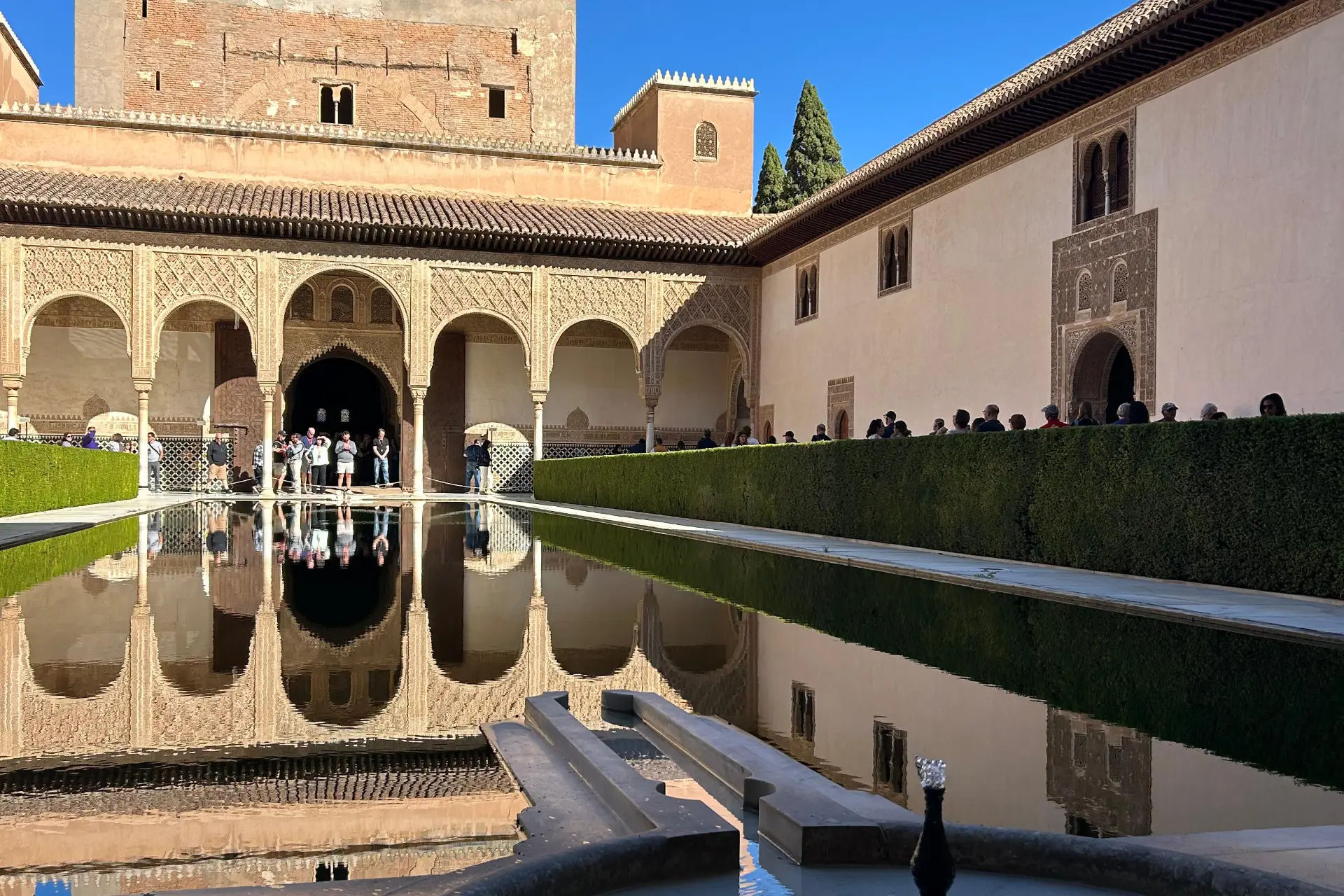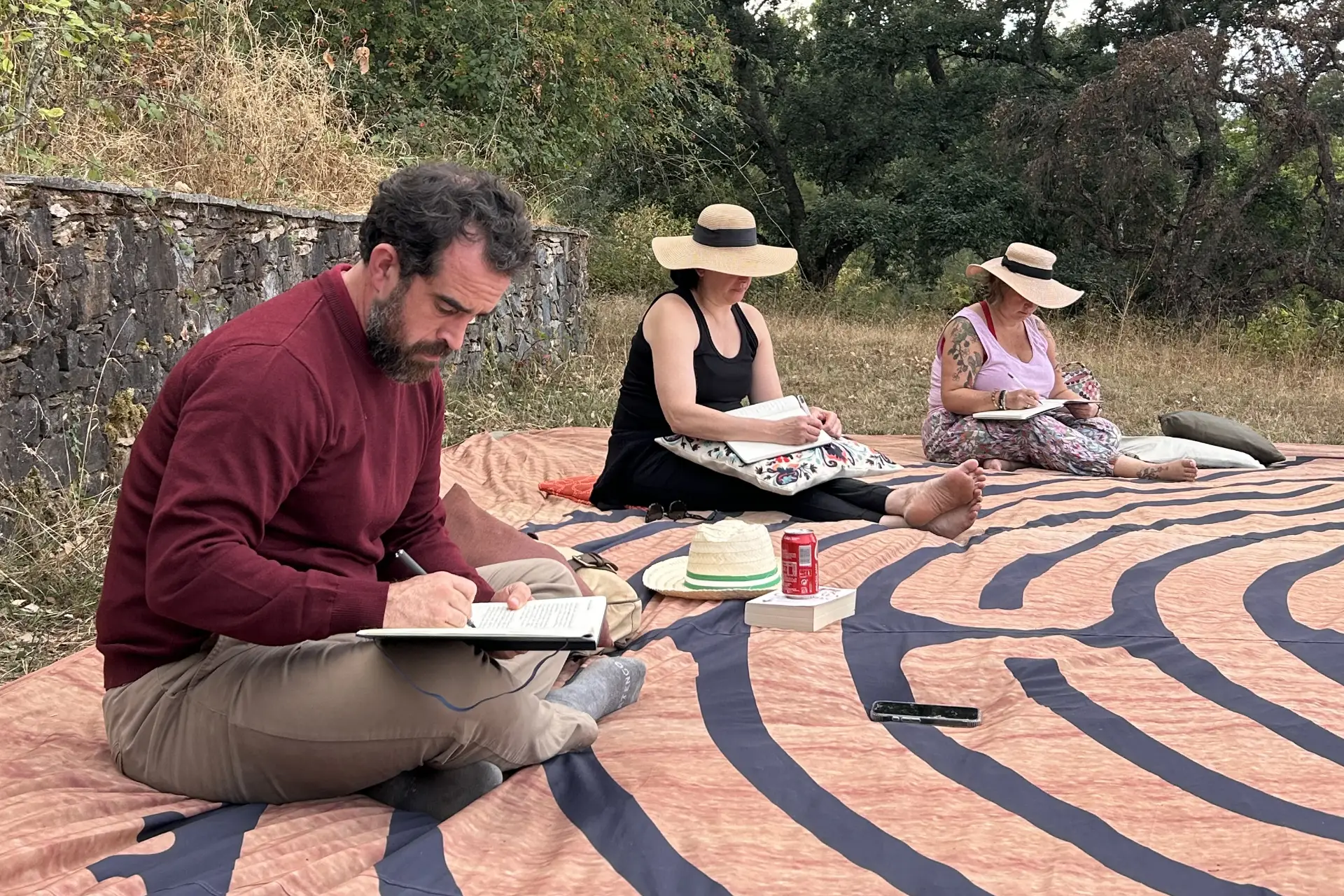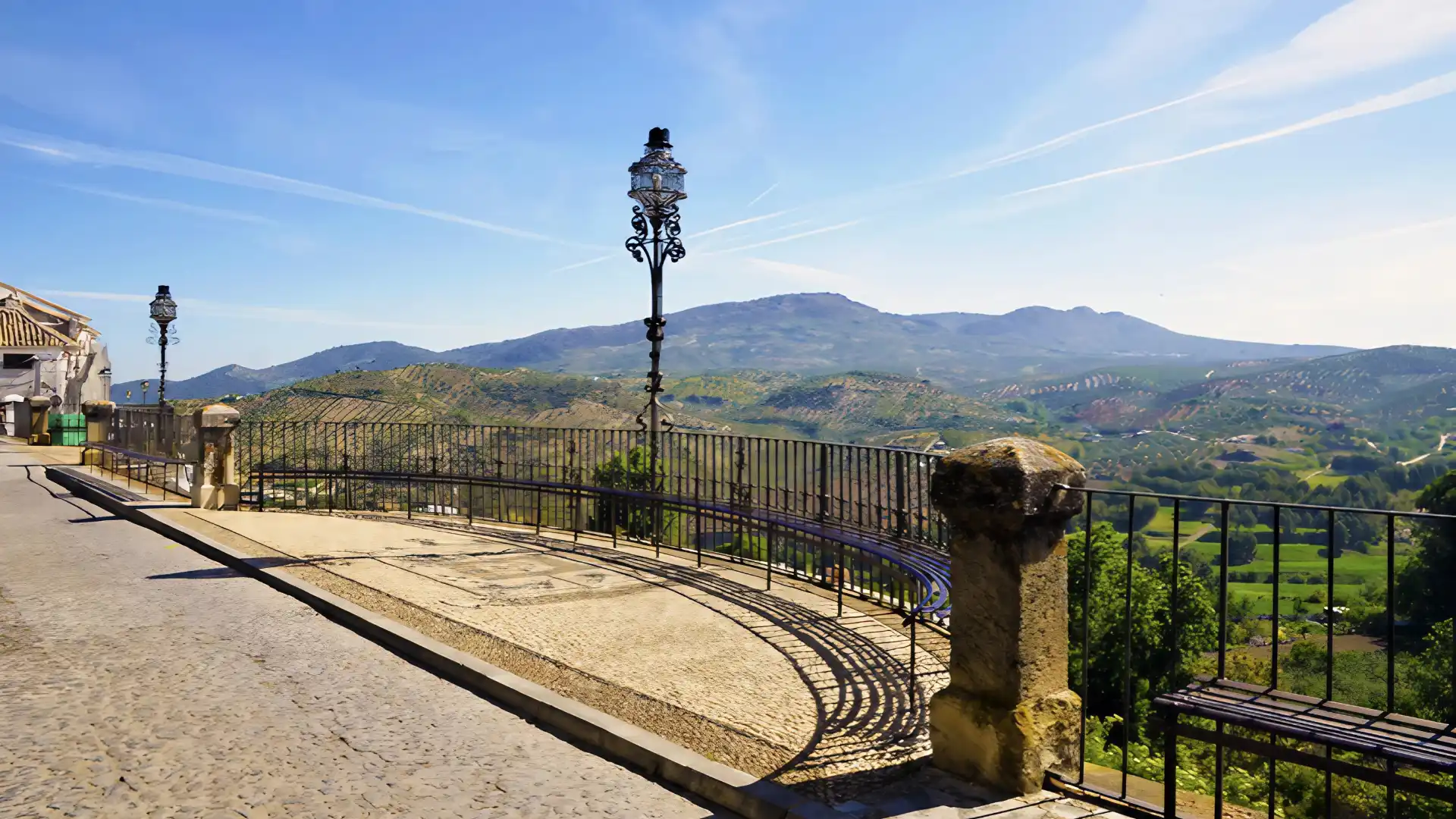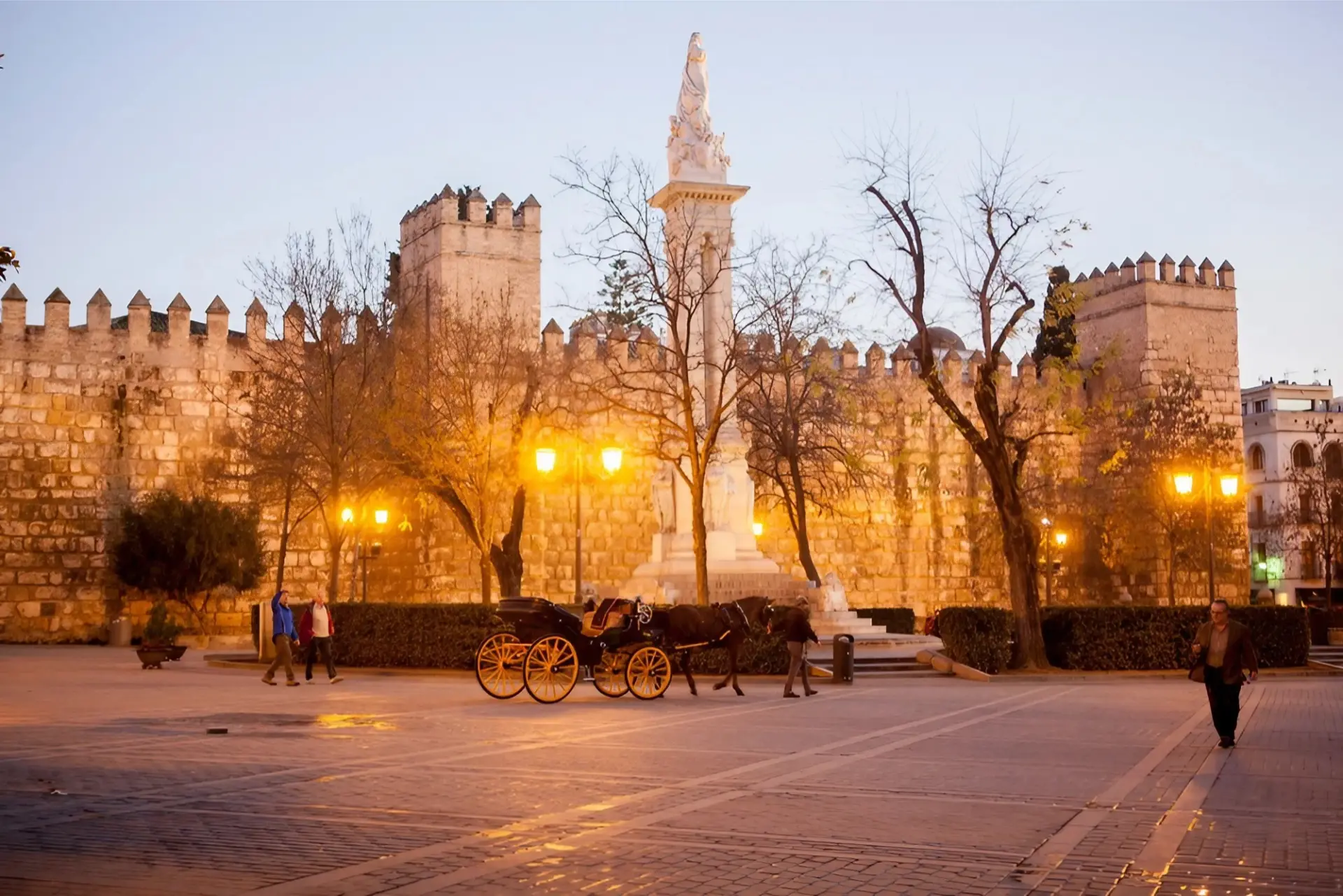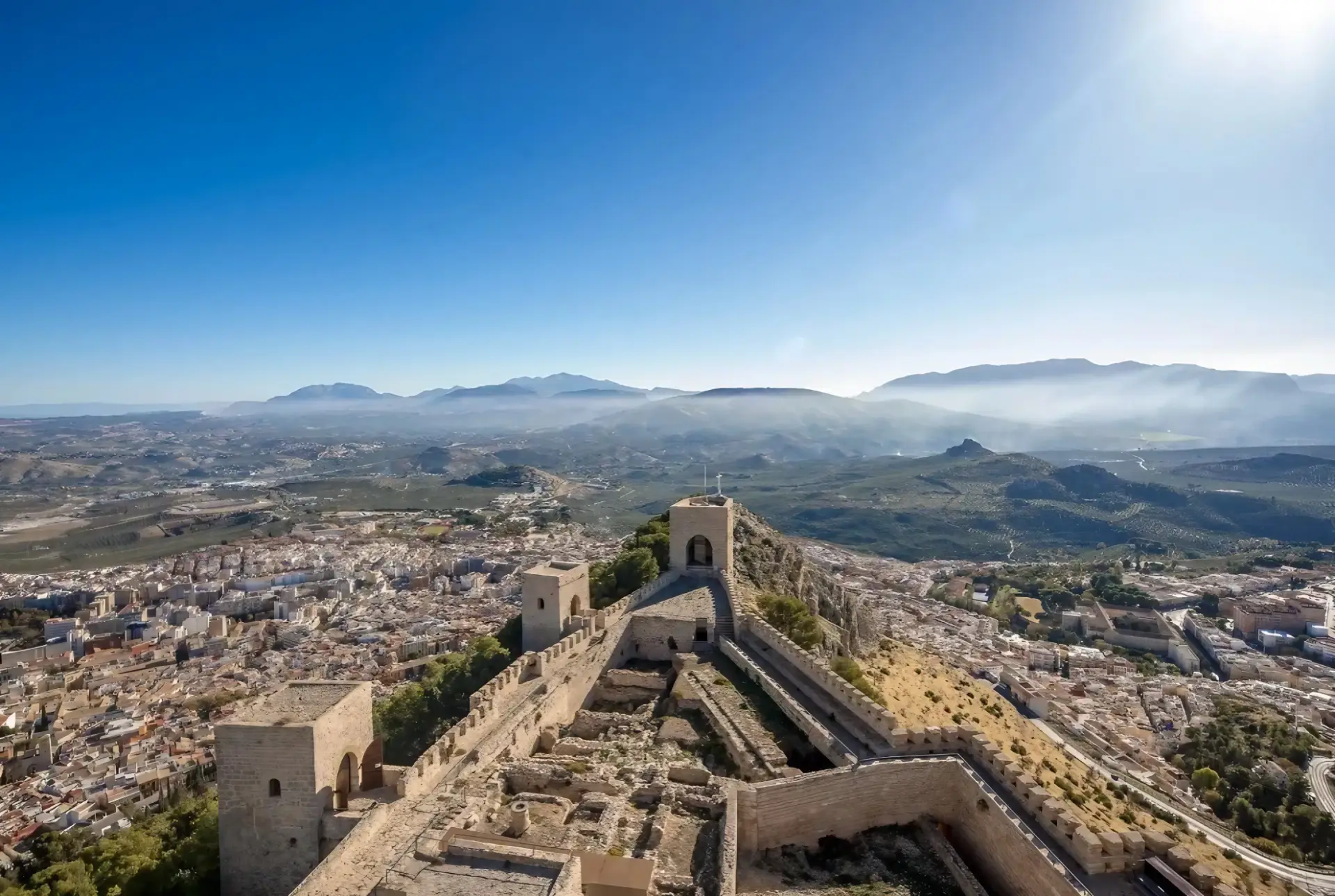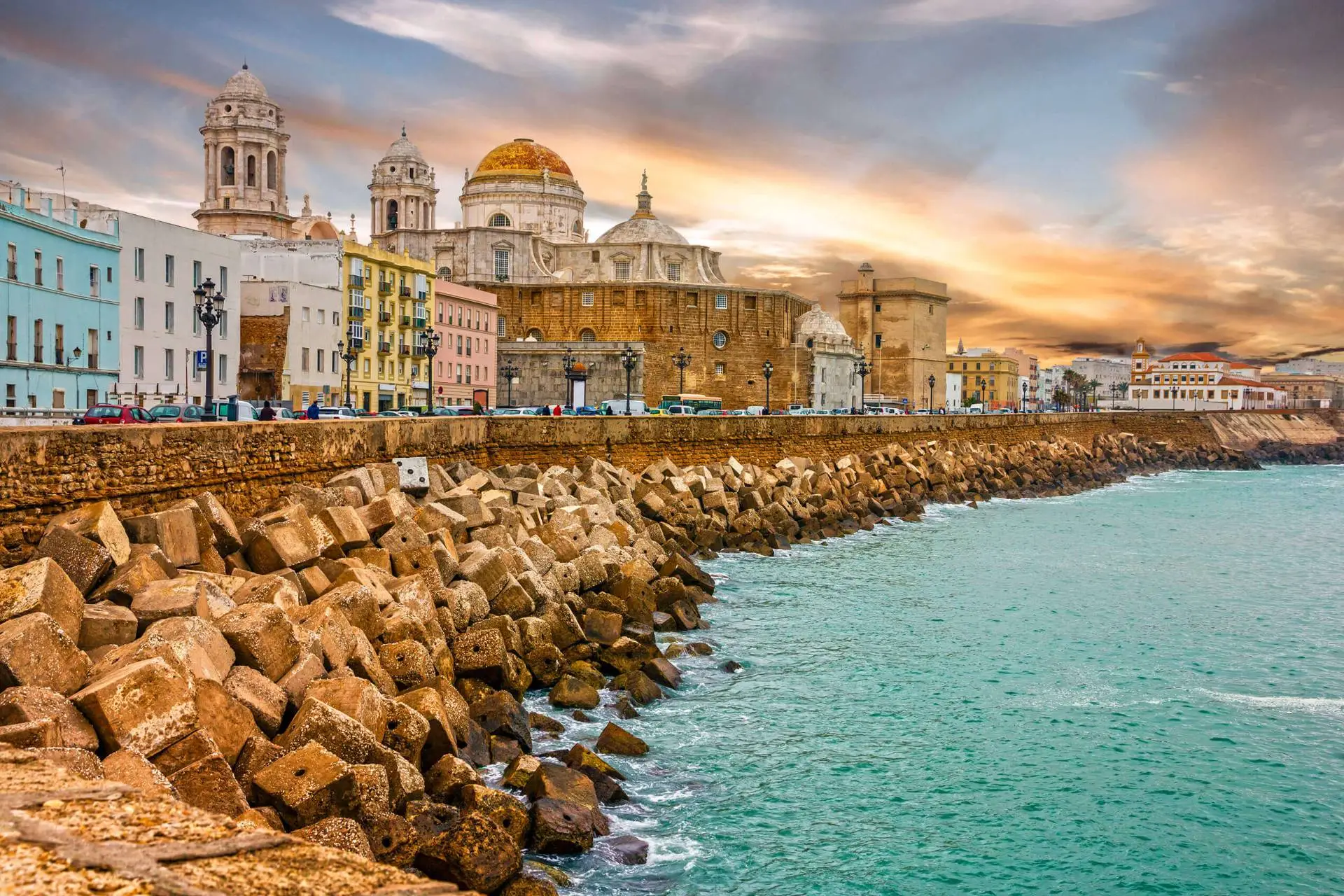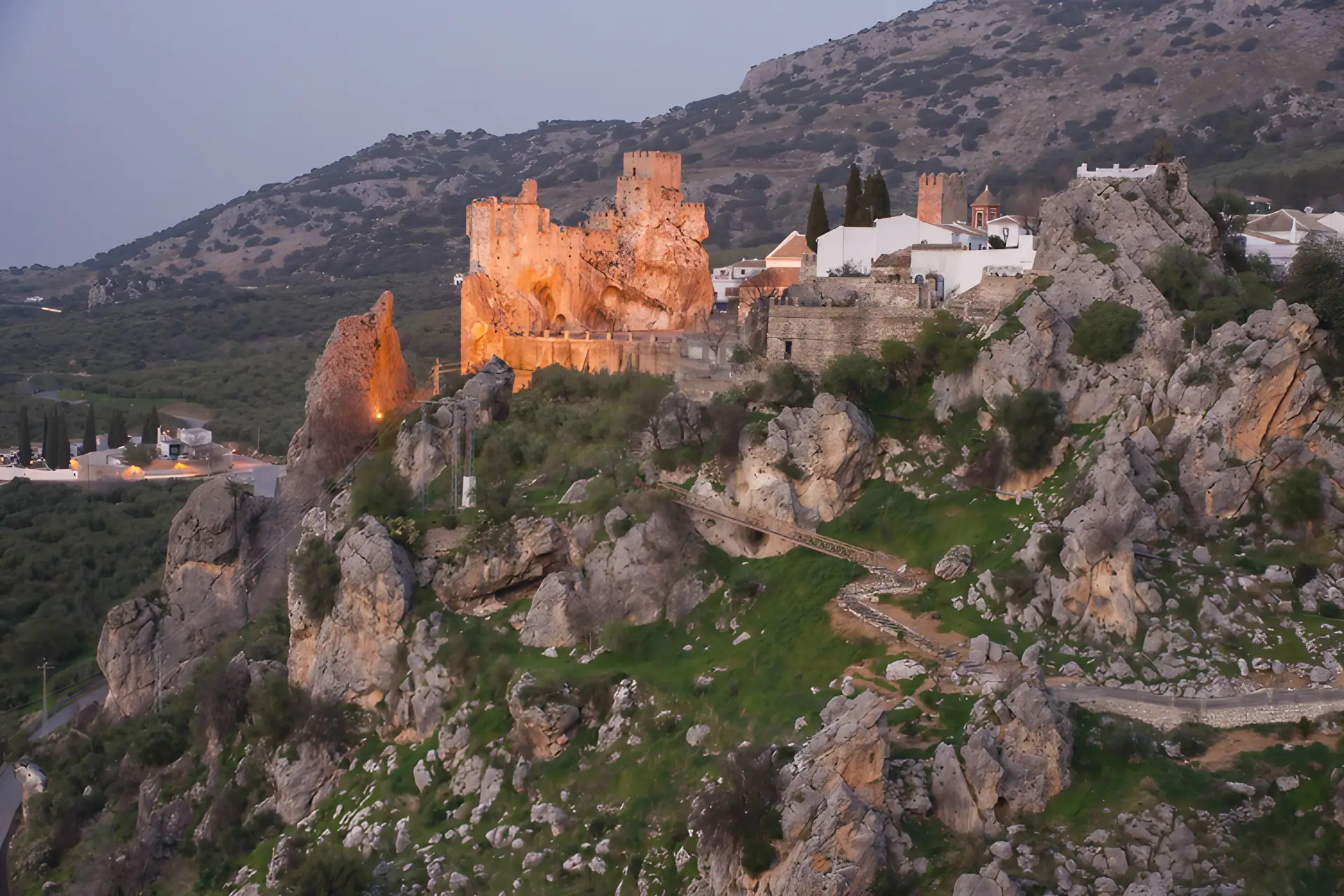Malaga Province is a treasure trove of historical wonders. The region also boasts an enchanting Roman legacy that offers visitors a glimpse into the past. We take you on a journey into history, exploring the numerous Roman archaeological sites that grace Malaga.
Malaga Roman Theatre
Sitting below the grandeur of the later Moorish Alcazaba in the centre of Malaga is the Roman theatre, a testament to Roman influence in the region. Constructed in the 1st century BC, under Emperor Augustus, it was used until the third century AD. The theatre is believed to have been able to accommodate up to 1,000 spectators and hosted a wide range of performances, from dramatic plays to gladiatorial contests.
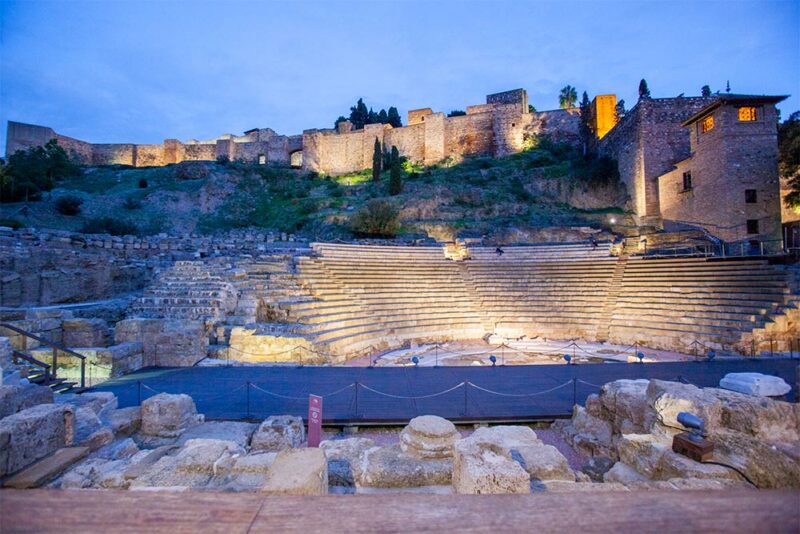
Subsequently, it was left to ruin for centuries, until the Moors settled in Andalucía. In 756-780AD the amphitheatre was used as a quarry by the Moorish settlers, to excavate the stone used to build the Alcazaba fortress. Intriguingly, you can see some Roman columns and capitals in the fortress. The theatre was buried under rubble for centuries.
Acinipo (Ronda)
In the countryside north of Ronda, spread across 32 hectares and perched at an impressive altitude of 1,000 metres above sea level, lie the evocative ruins of a Roman city. Flourishing during the first century AD, this urban centre once bustled with a thriving population of 5,000 souls.
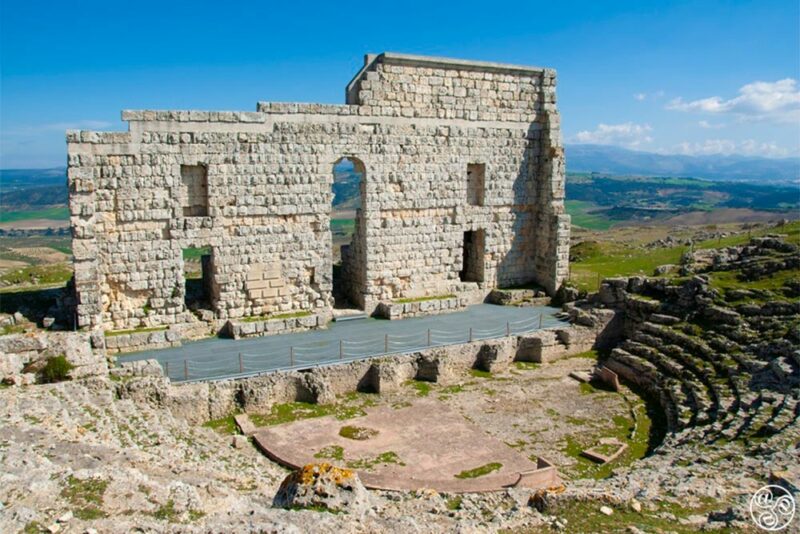
Its historical significance is underscored by references in the works of Pliny the Elder, while invaluable inscriptions dedicated to Geninn Oppidi, the god Marse, and Victoria Augusta have been unearthed within its boundaries. Notably, this industrious city even possessed its own coinage, adorned with clusters of grapes as a symbol.
However, as history unfolded, it gradually yielded to the emergence of the town of Arunda, situated in what we now recognise as Ronda. This shift was likely driven by ease of defence offered by the new site. Ultimately, Acinipo met its decline and eventual abandonment in the year 429 AD.
Explore the remarkably preserved theatre, offering stunning vistas of the surrounding countryside.
Roman Sulphur Baths of Hedionda (Manilva)
Nestled in the valley below Manilva, you’ll discover the Roman Sulphur baths of Hedionda. These baths owe their distinctive high sulphur content to a natural spring that originates from a limestone outcrop overlooking the valley. This remarkable natural phenomenon drew the attention of the Romans over two millennia ago, leading to the creation of an arched bathing complex.
While four chambers from this complex remain intact today, the presence of adjacent water channels suggests the complex was once far more expansive in size and scope. In a historical anecdote, it’s said that Julius Caesar, during his tenure as the governor of southern Spain between 63 and 60 BC, sought relief and healing from a skin infection by immersing himself in the therapeutic waters of these very baths.
Visitors who can stand the sulphuric stench of rotten eggs can still enjoy a dip in the ‘health-giving’ waters.
Roman Villa of Río Verde (Marbella)
Set in lush gardens and palm trees between Marbella and Puerto Banus is the Roman Villa of Río Verde. Dating back to the 1st century AD, this villa boasts stunning mosaics.
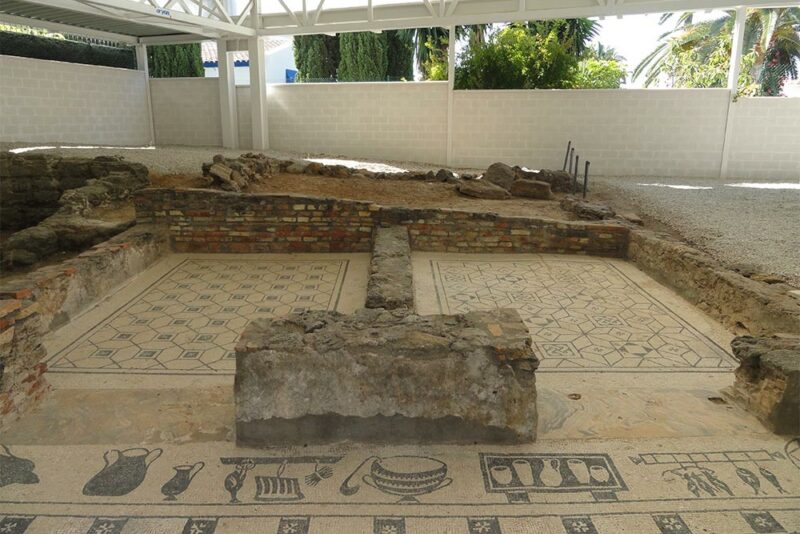
The ancient grounds of Rio Verde once formed an integral part of the grand Roman city of Cilniana. Regrettably, only remnants of this villa remain, comprising the floor and a modest section of the walls. What truly sets this villa apart, however, are its exceptional mosaics, celebrated for their unconventional design.
In stark contrast to the conventional mosaic patterns that typically feature classical themes and intricate motifs, the Rio Verde villa astonishes with a whimsical assortment of subjects, including shoes, kitchen utensils, and tables laden with an abundance of food. Within the kitchen space, depictions of poultry and fish dangle ready for culinary preparation, while tables are adorned with succulent offerings like pork ribs, rabbit, chicken, and clams.
The presence of a bathroom complete with a plunge pool on the villa’s north side suggests a degree of affluence among its former occupants. Historians hypothesise this villa was likely the property of a prosperous “out-of-towner”.
The Ephebe (Antequera)
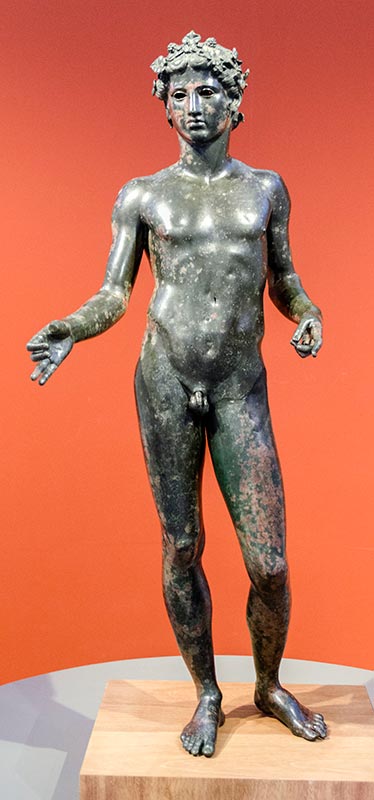
The Ephebe, located in Antequera, is a remarkable Roman sculpture dating to the 1st century AD. This exquisite bronze statue represents a young athlete and showcases the artistic mastery of the period. It’s a testament to the appreciation of physical beauty and athleticism in Roman culture. Visitors can admire this masterpiece at the Antequera Municipal Museum.
Roman Baths of Santa María (Antequera)
Also in Antequera, you’ll find the Roman Baths of Santa María, dating back to the same period as the Ephebe statue. These well-preserved baths provide a glimpse into the Roman bathing rituals and architecture.
Also unearthed on this site is a substantial polychrome mosaic, featuring a central medallion portraying a sea deity. Remarkably, this mosaic may trace its origins as far back as the 3rd century.
The significance of these findings cannot be overstated, as they substantiate the existence of the urban settlement of Antikaria. Knowledge of this ancient city had solely relied on written records and historical accounts, until the baths’ discovery.
Roman Aqueduct of Fuente de la Arena (Ronda)
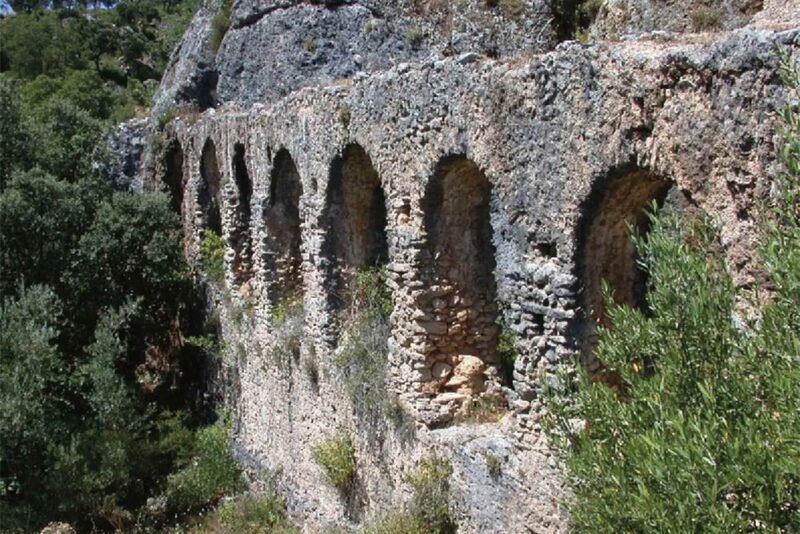
The Roman Aqueduct of Fuente de la Arena, in Ronda, is evidence of Roman engineering expertise. Constructed in the 1st century AD, it once supplied water to the city. Although only a portion of the aqueduct remains, its arches are an impressive sight that reflects the advanced infrastructure of the time.
La Capuchina Mausoleum (Mollina)
Dating to the mid-2nd century AD, this burial monument features both a crypt for interments and an upper level dedicated to religious ceremonies. Constructed primarily using locally sourced stone and complemented by red-coloured brick mortar, it stands as a testament to ancient craftsmanship.
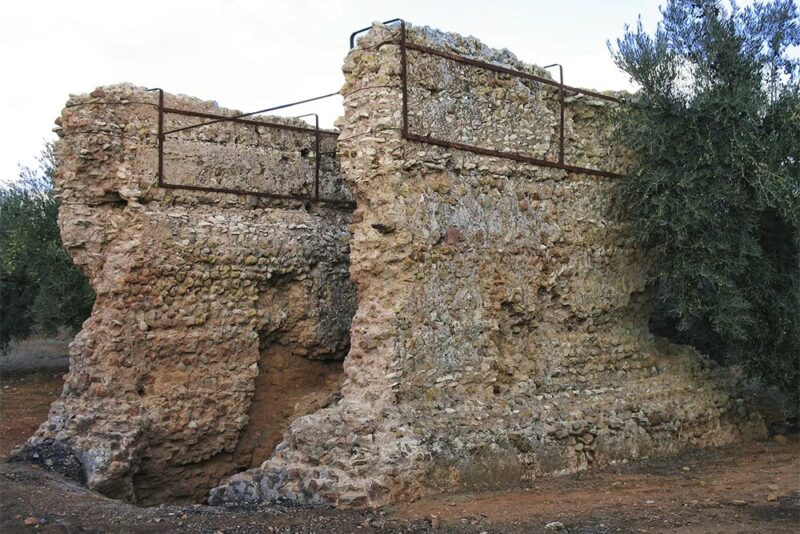
Located approximately 7 kilometres from the town, this remarkable structure serves as a burial monument, encompassing a crypt for burials below ground and an upper floor designed for religious observances above.
Mosaic of the Birth of Venus (Malaga)

The Mosaic of the Birth of Venus, housed in the Malaga Provincial Archaeological Museum, is a stunning Roman mosaic dating to the 1st century AD. This artwork depicts the goddess Venus emerging from the sea, a symbol of beauty and love. This mosaic is believed to have been the floor of a second-century therma.
Roman Villa in Torrox
The Roman Villa in Torrox is an archaeological site that reveals a Roman settlement which originated in the 1st century BC and lasted until the 5th century AD. They have been linked to the Roman city of Caviclum, mentioned in classical sources as an official stop on the road from Castulo to Malaca.
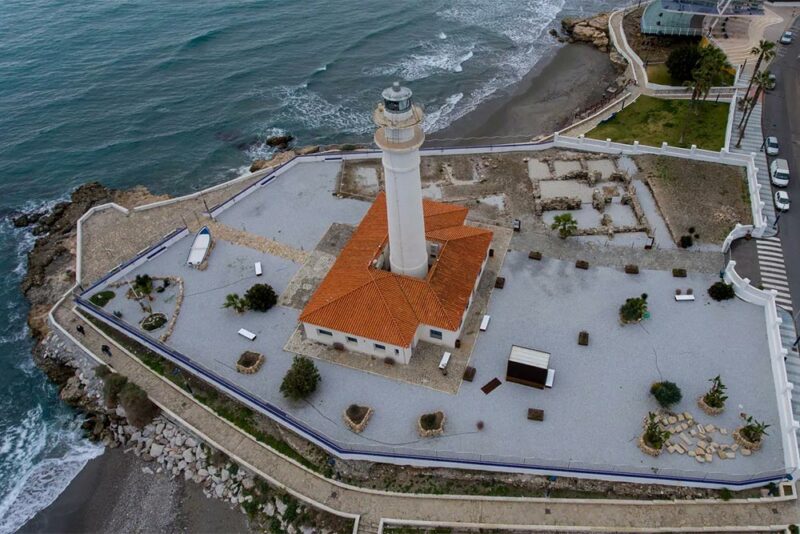
This villa showcases various architectural elements, including a well-preserved mosaic floor depicting aquatic scenes. Explore the remnants of this once-thriving Roman residence and gain insight into daily life during the Roman period.
Dotted across Malaga province, the Roman archaeological sites offer an insight into the ancient world of southern Spain. Connect with the grandeur, ingenuity, and cultural exchange of the ancient Roman world.
To fully immerse yourself in these historical treasures, consider booking a guided tour with our expert guides. Our tours provide in-depth historical context, engaging narratives, and an opportunity to unlock the secrets of Malaga province’s Roman past.

